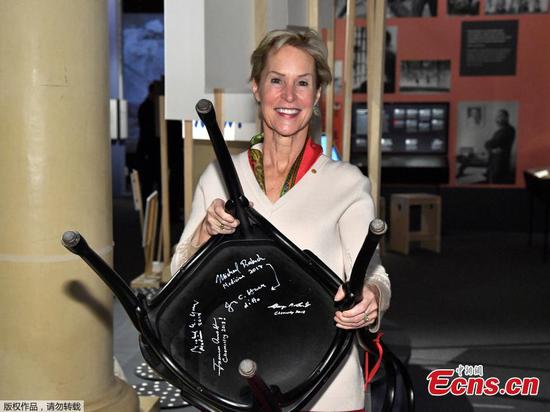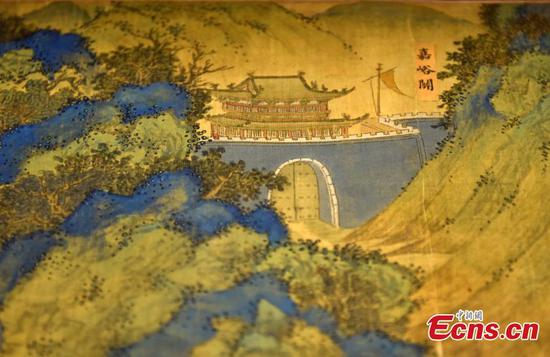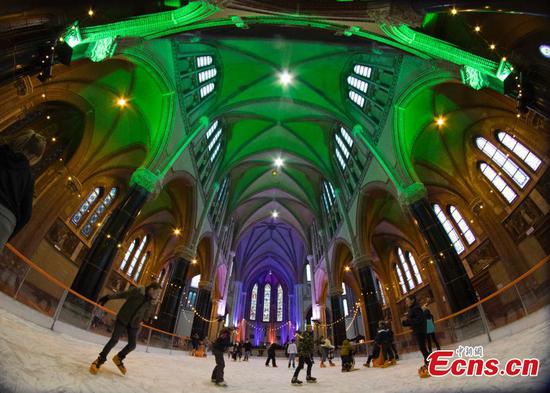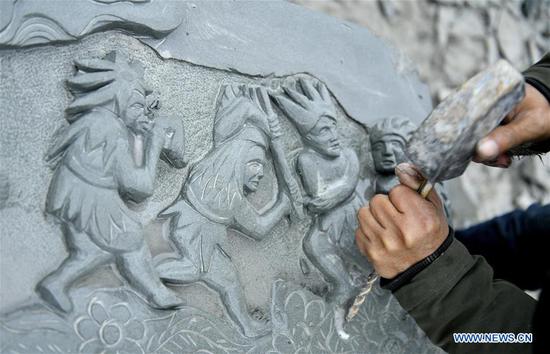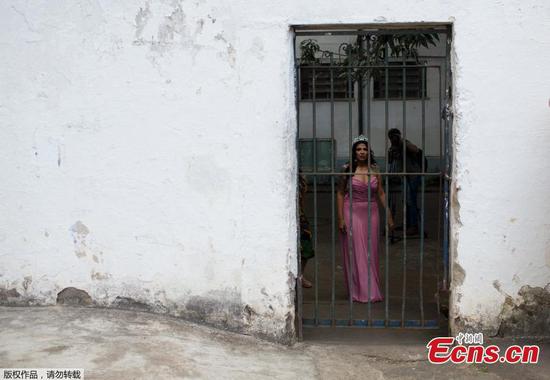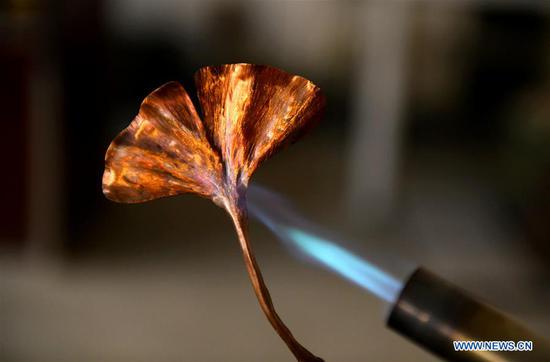Archaeologists at the archaeology research institute of the Chinese Academy of Social Sciences have unveiled the details of a deluxe carriage unearthed in a cemetery dating back to the Eastern Zhou Dynasty (770-256 B.C.) in north China's Hebei Province.
According to the archaeologists, the carriage is 142.5 cm wide, 106 cm in length and has two wheels with a diameter of 140 centimeters and 38 spokes each. The large volume of the carriage is rare for those that date back to the times before the Qin Dynasty (221-206 B.C.), said Li Cunxin, an associate researcher.
The archaeologists also found many exquisite patterns painted on the surface of the carriage and a pair of beast-shaped metal badges embedded into the carriage that have gold foil decorations stuck to them, which still hold their shine even after being underground for such a long period of time.
Researchers speculated that the occupant of the cemetery was high up in the social pecking order and could be at the level of a tribal leader.
The archaeological team is currently trying to further unveil the details of the carriage via various technologies before fully restoring the finding in the future.

















